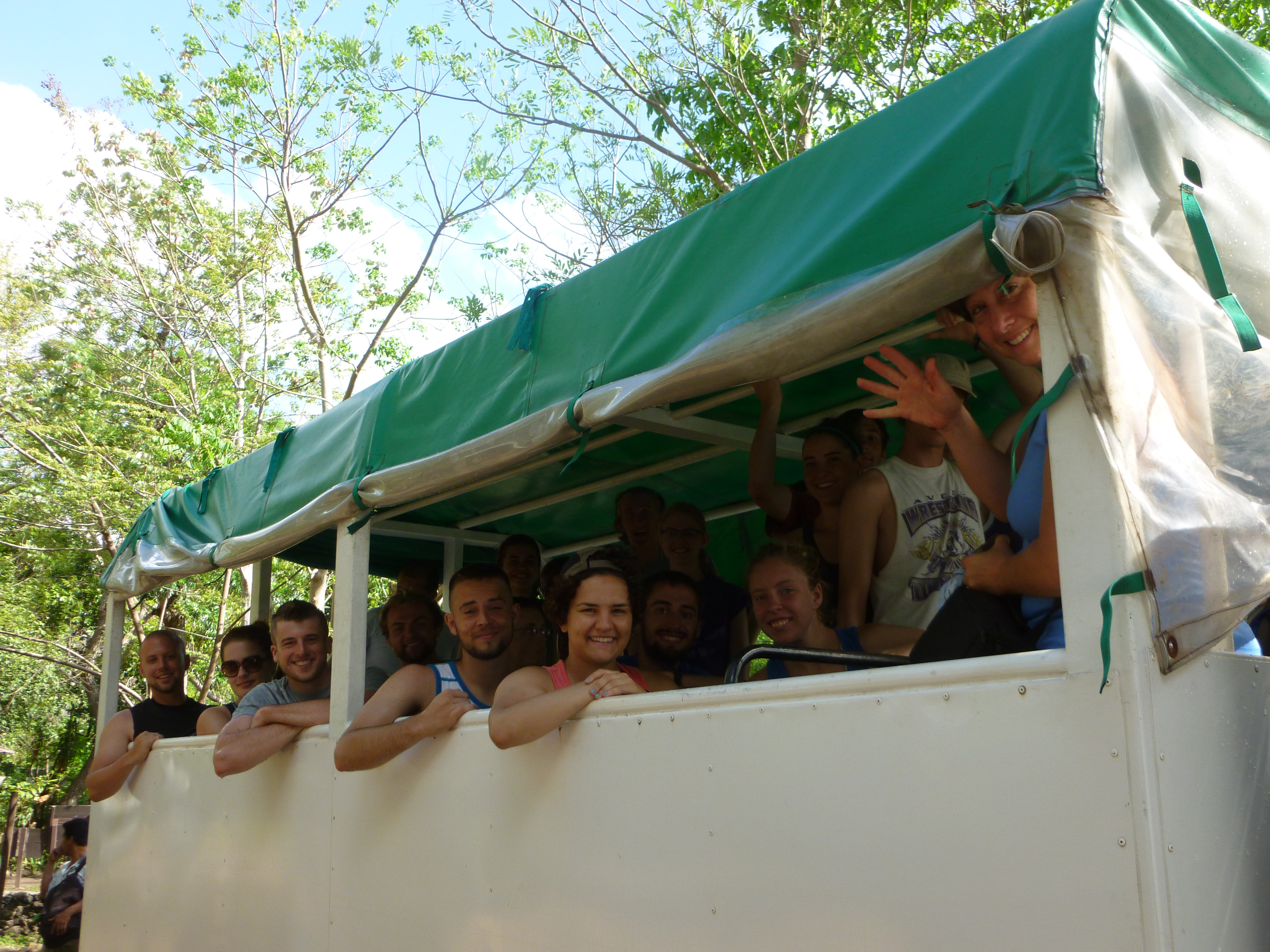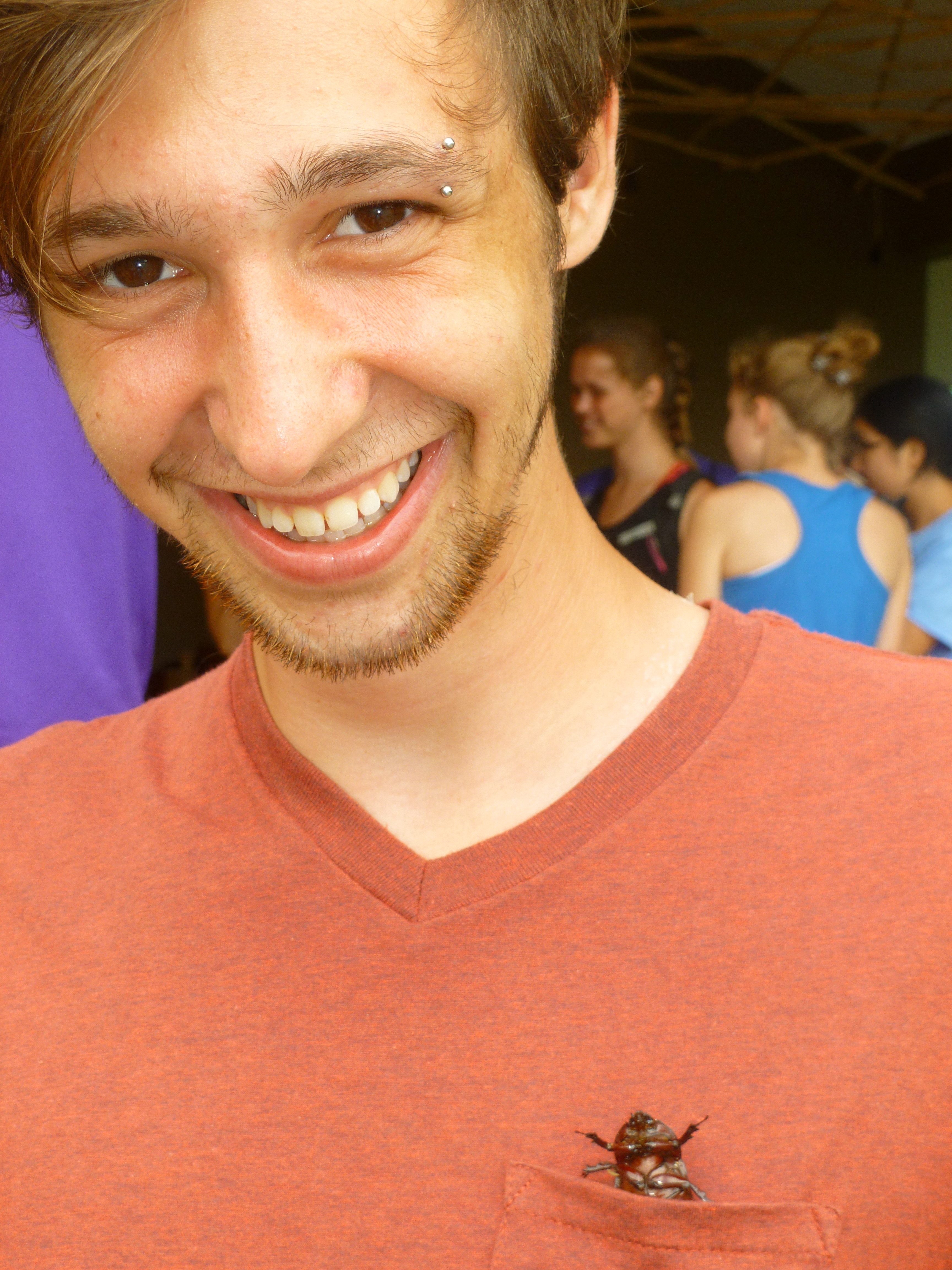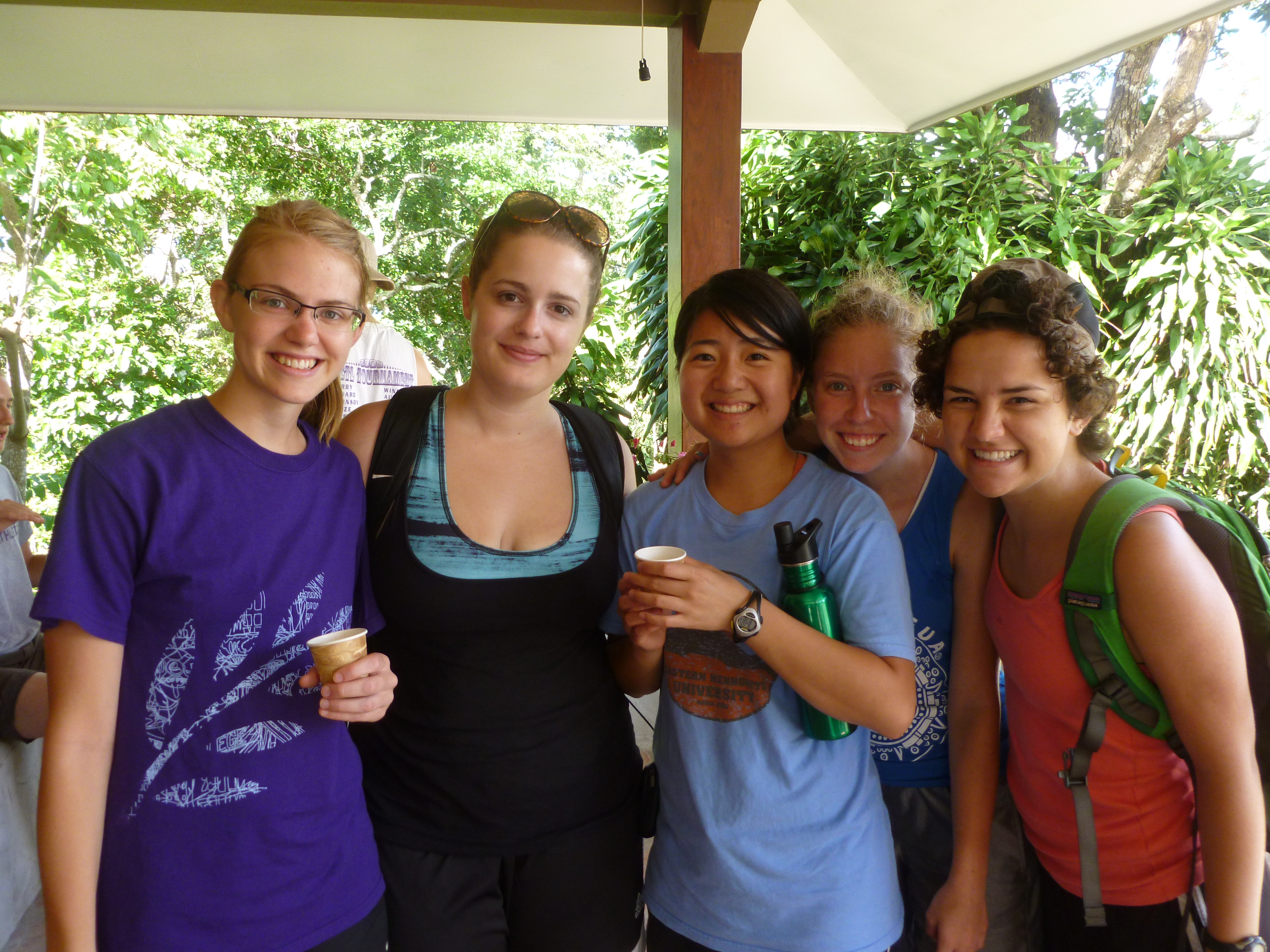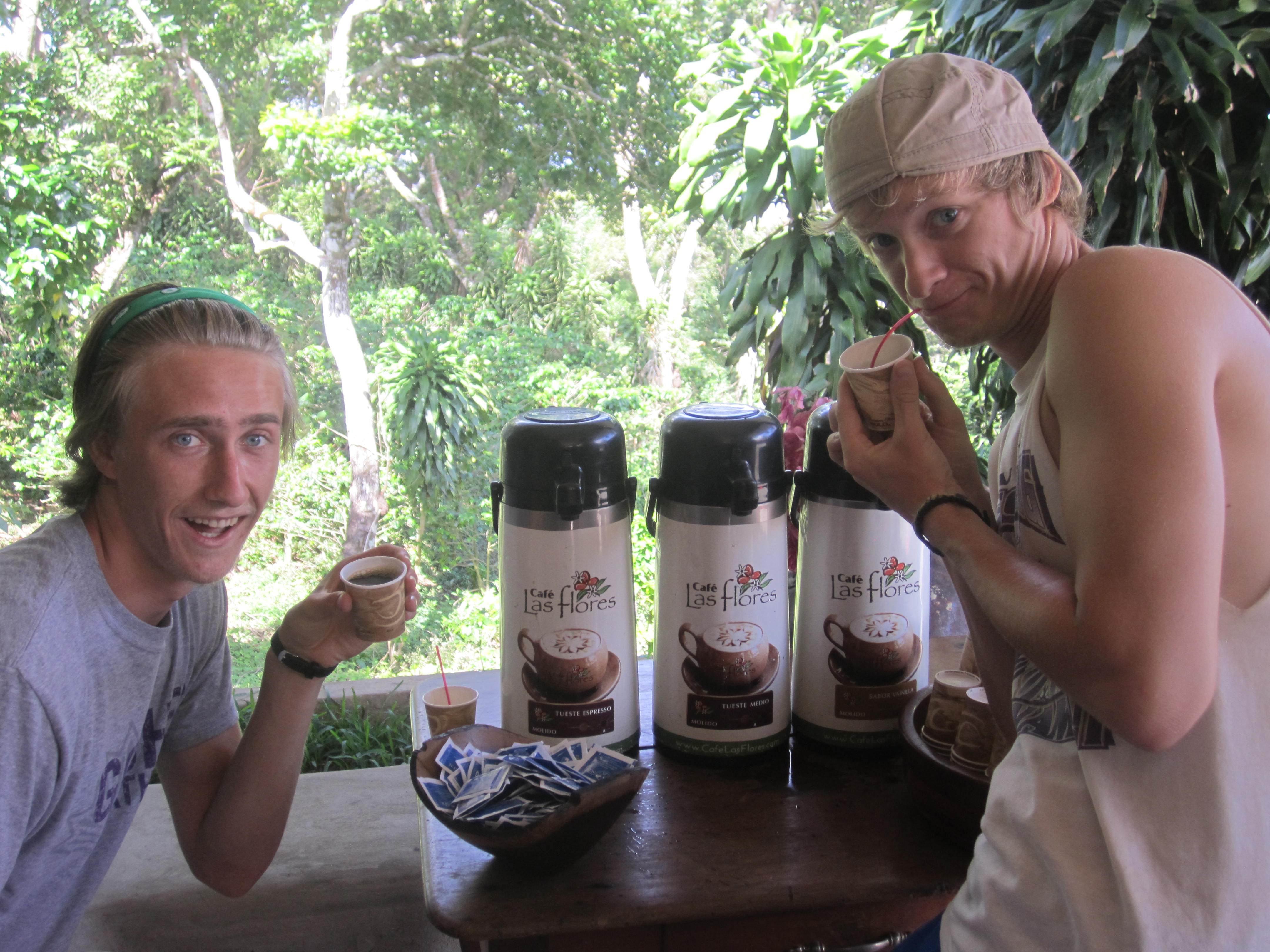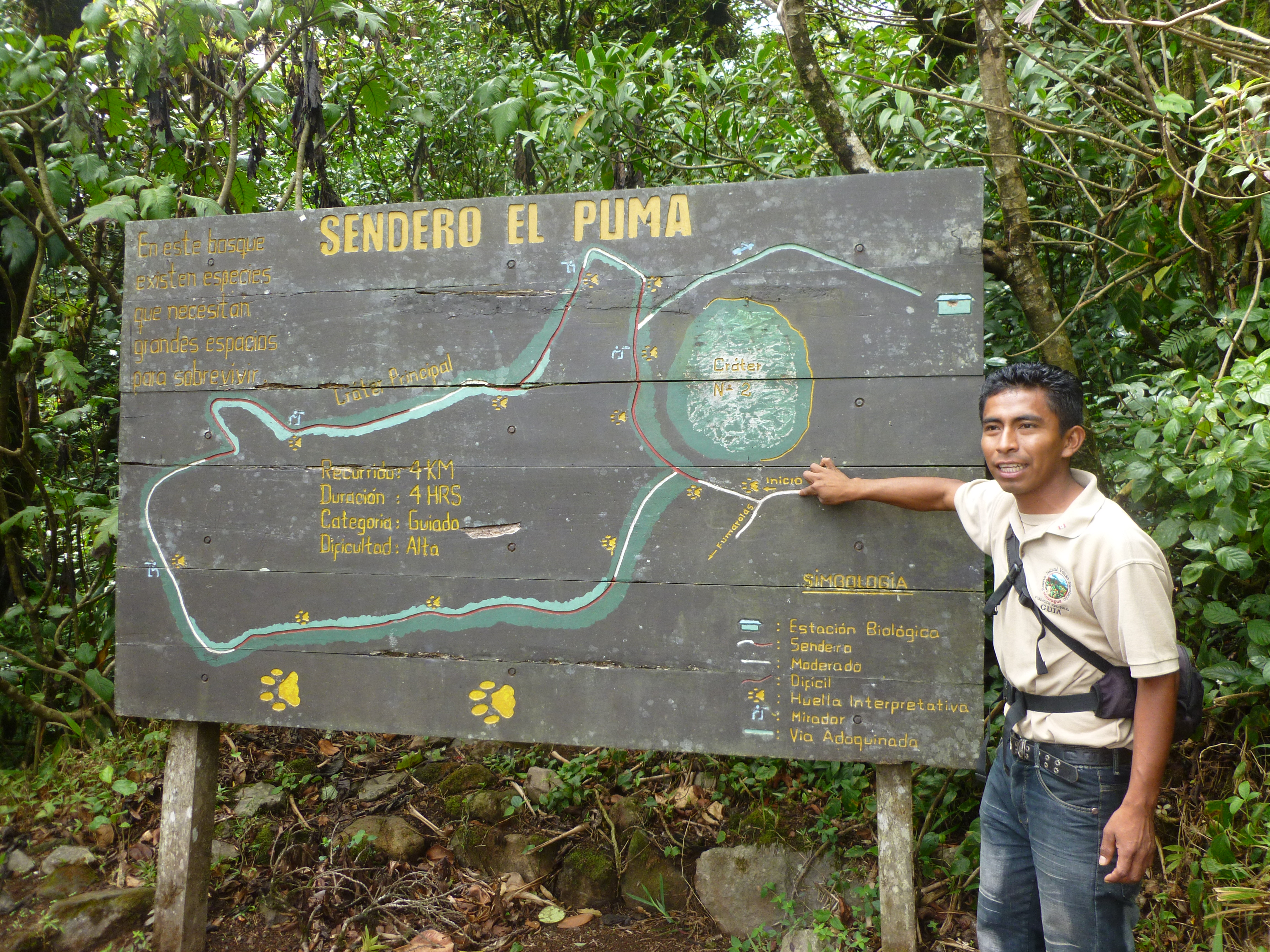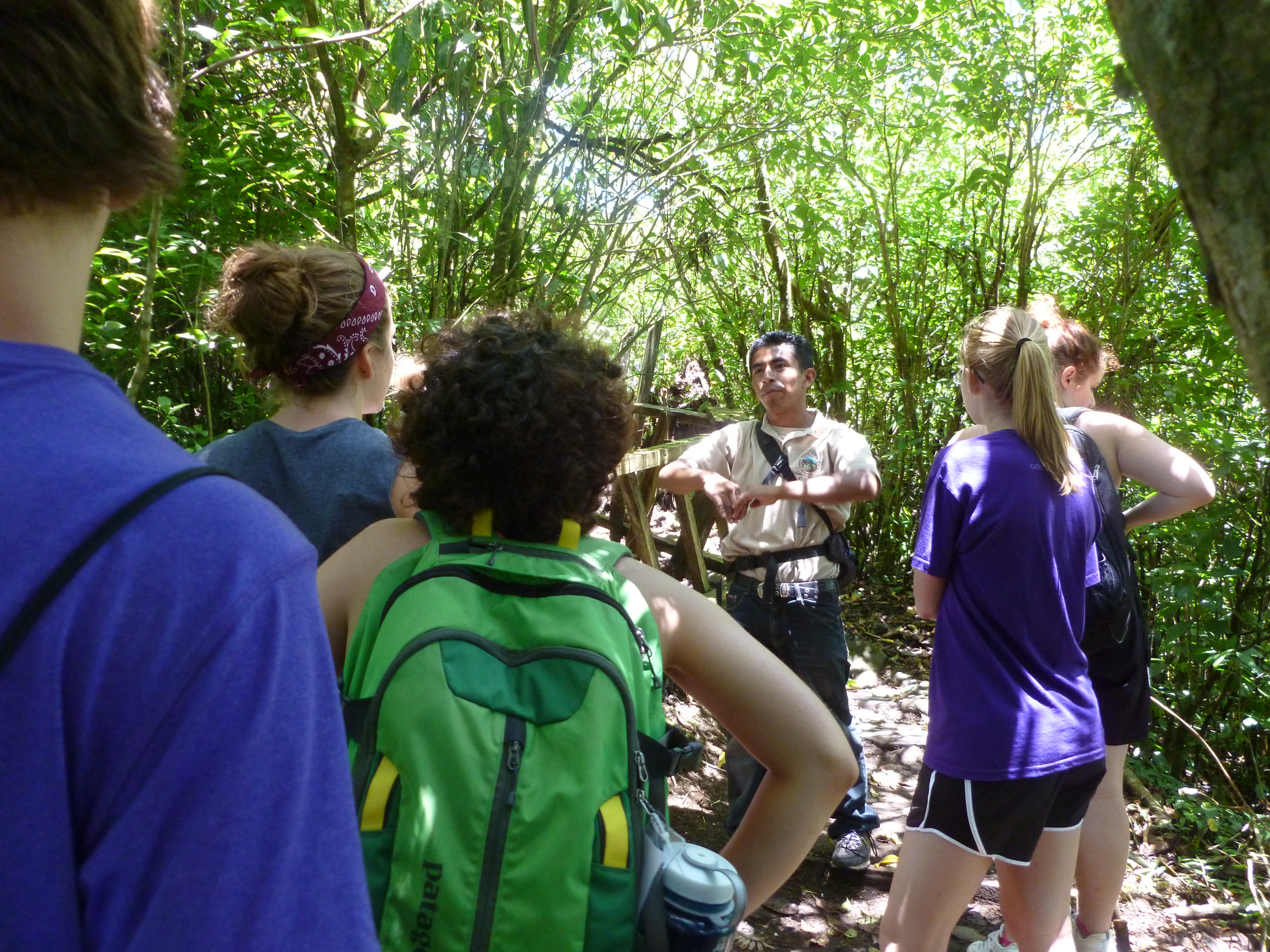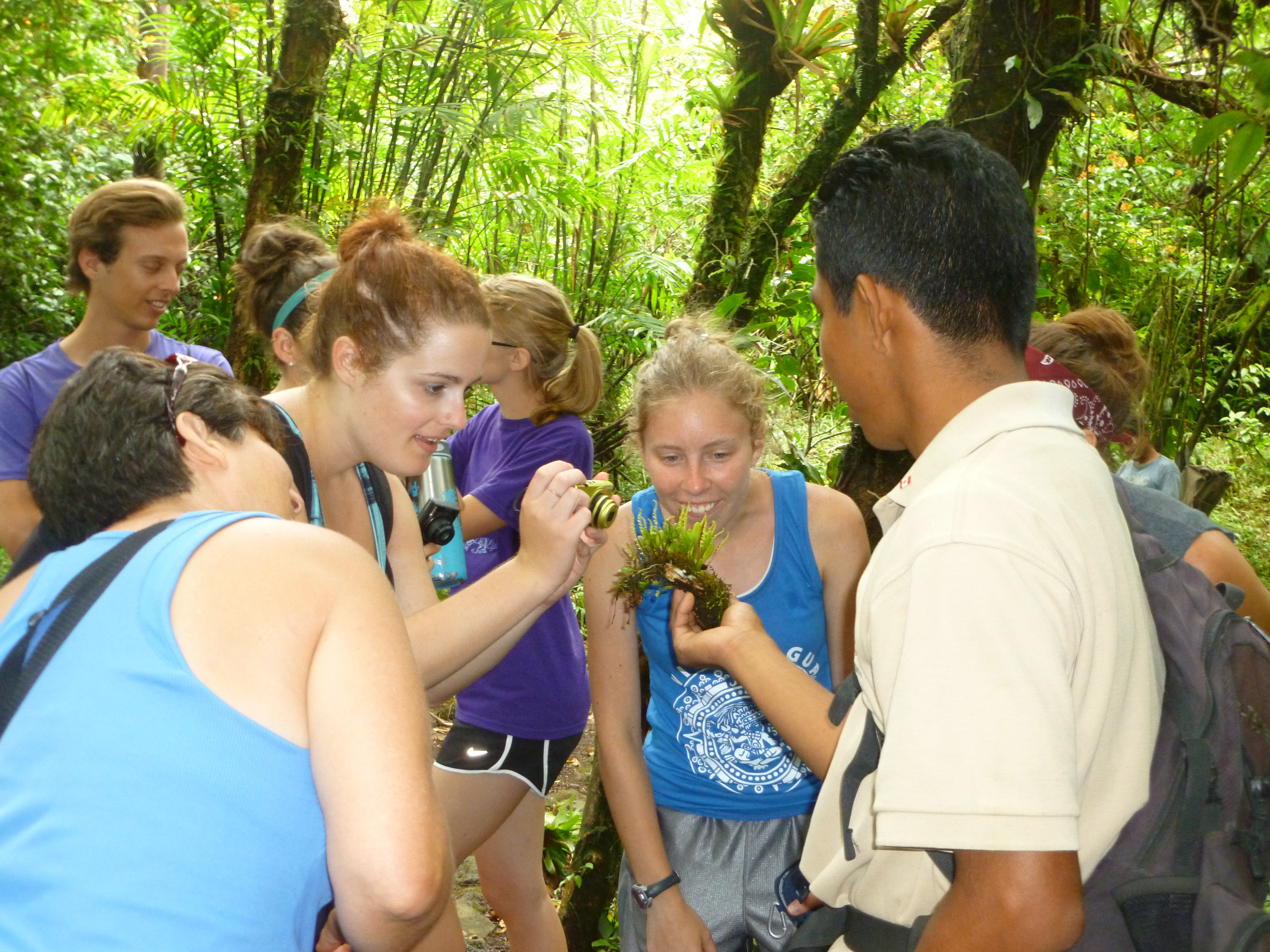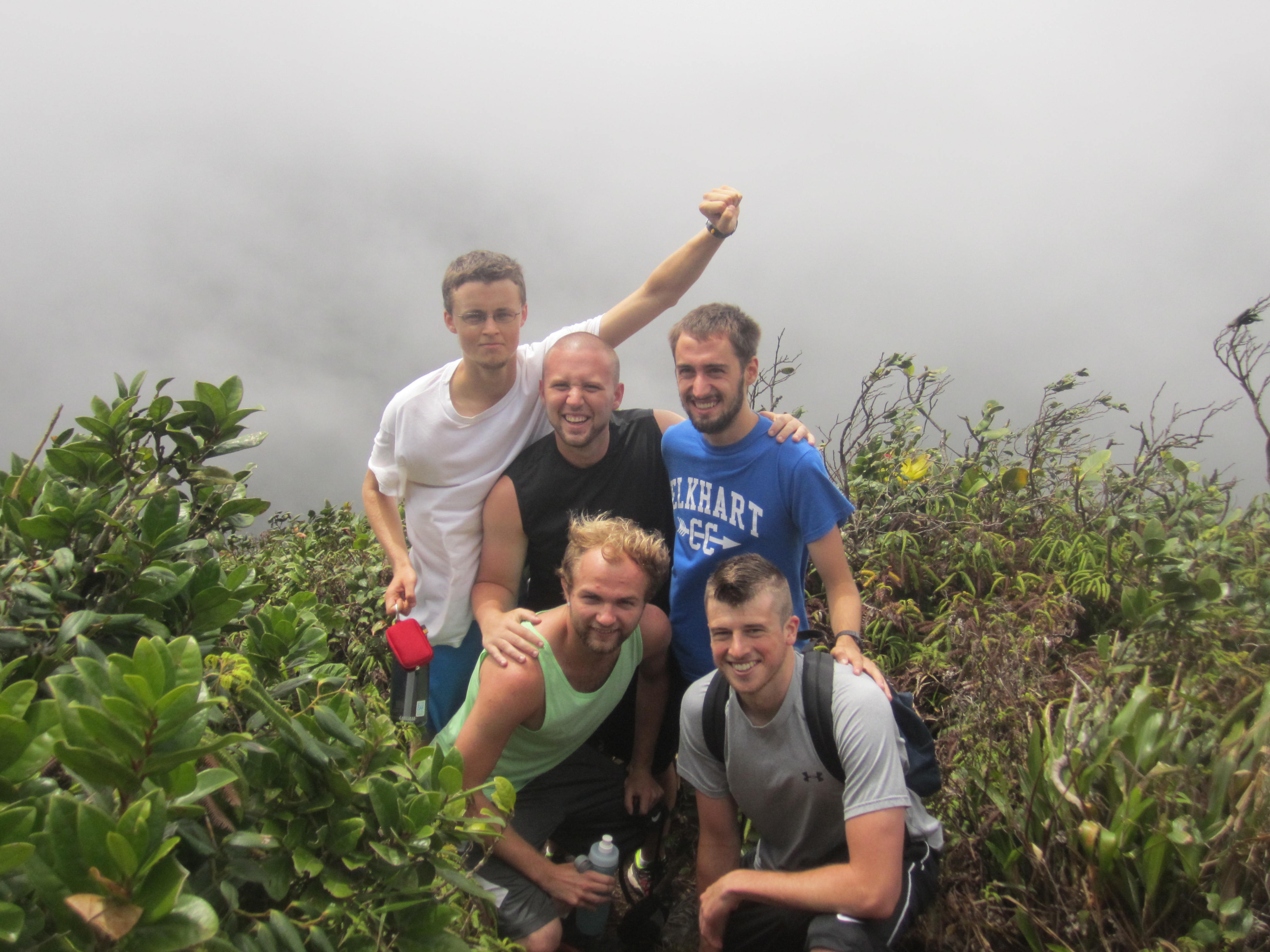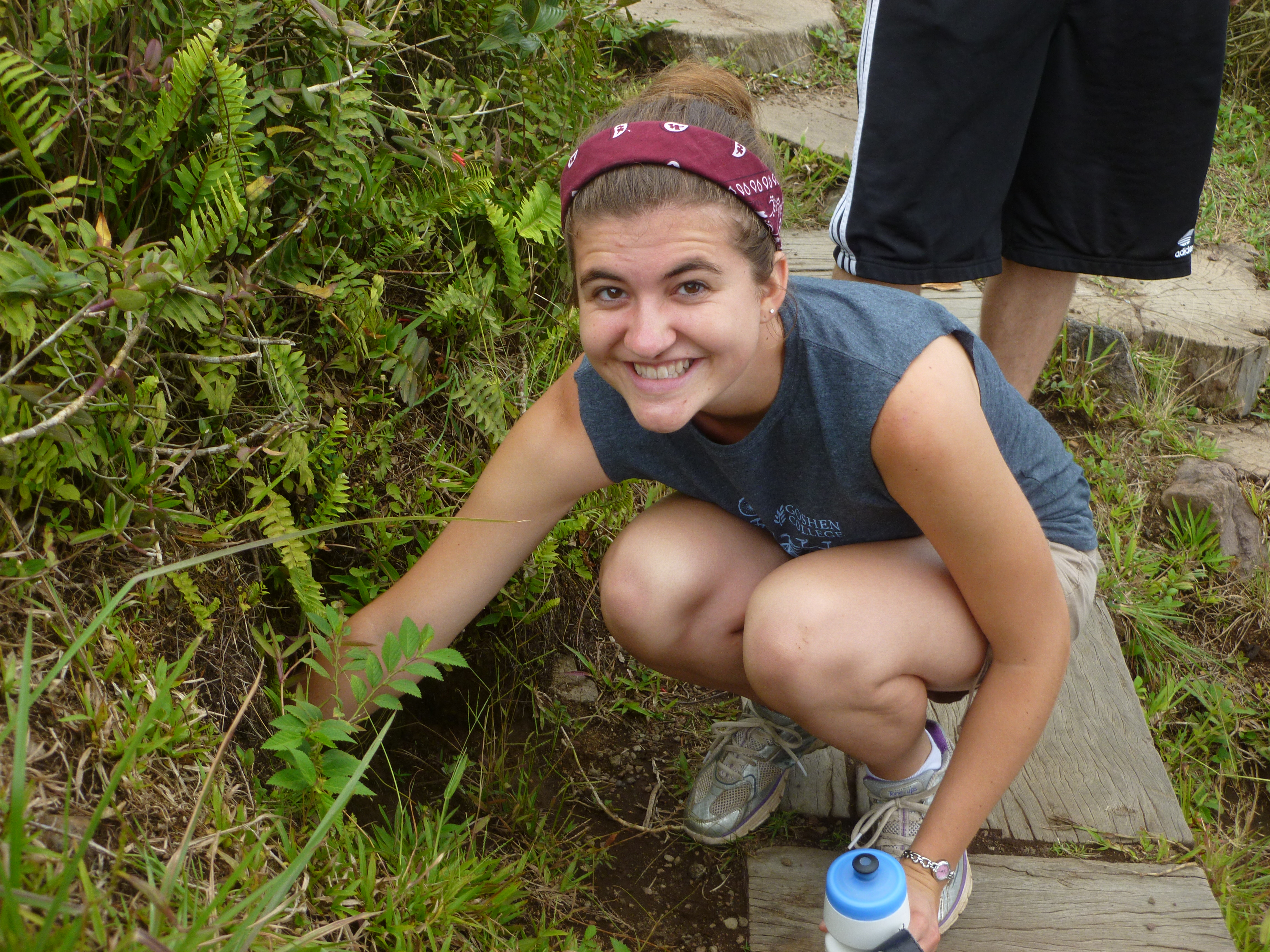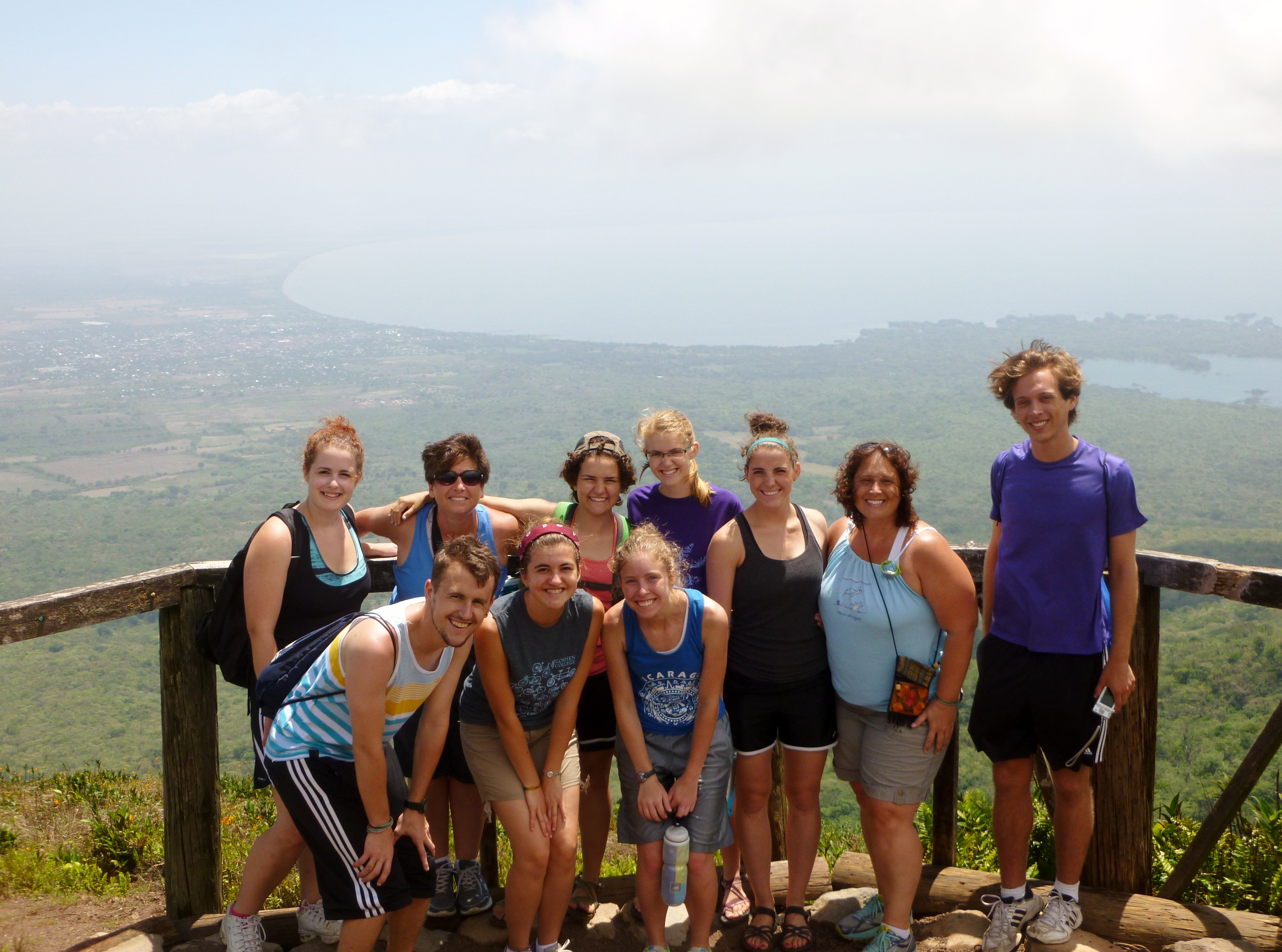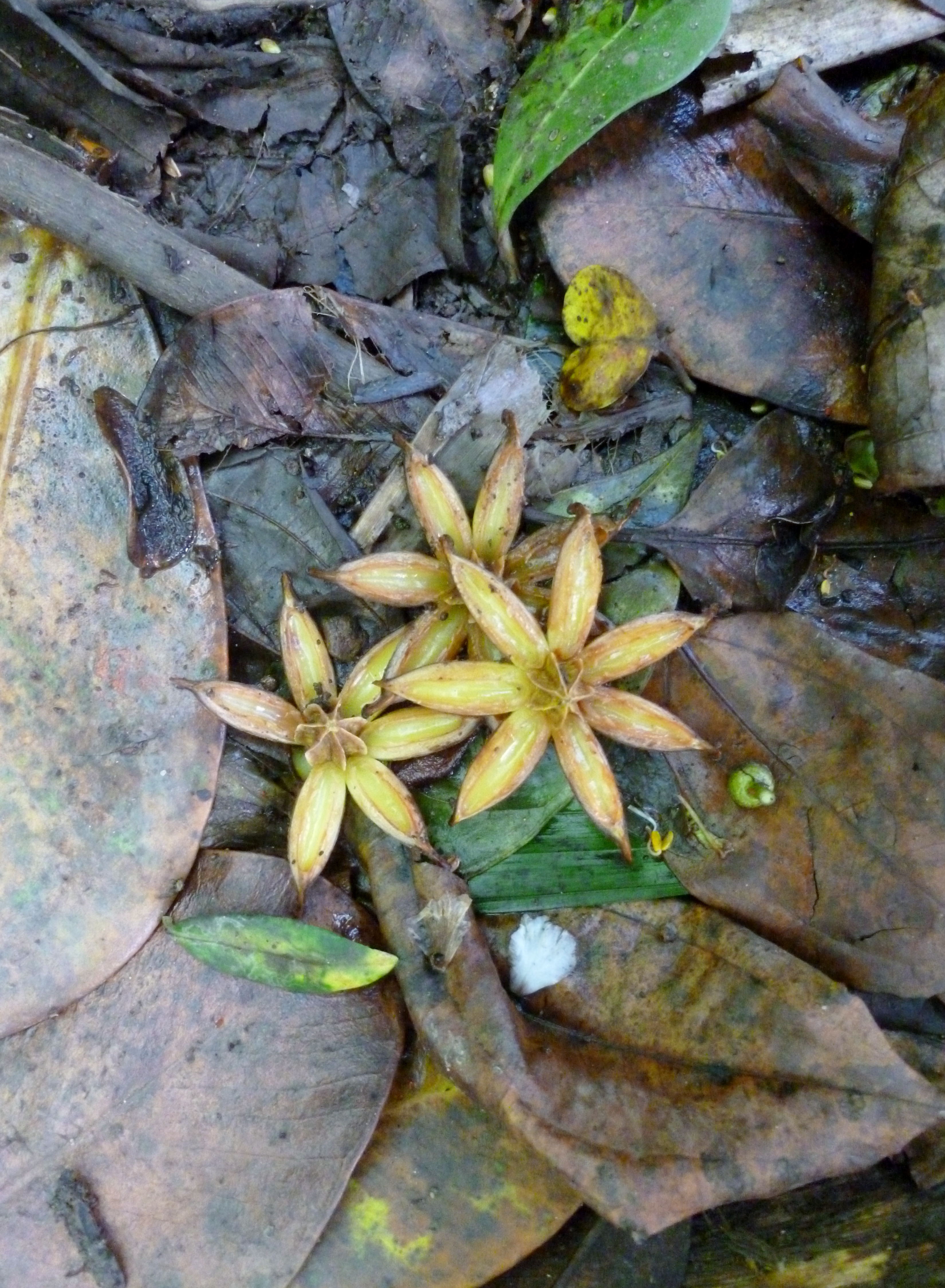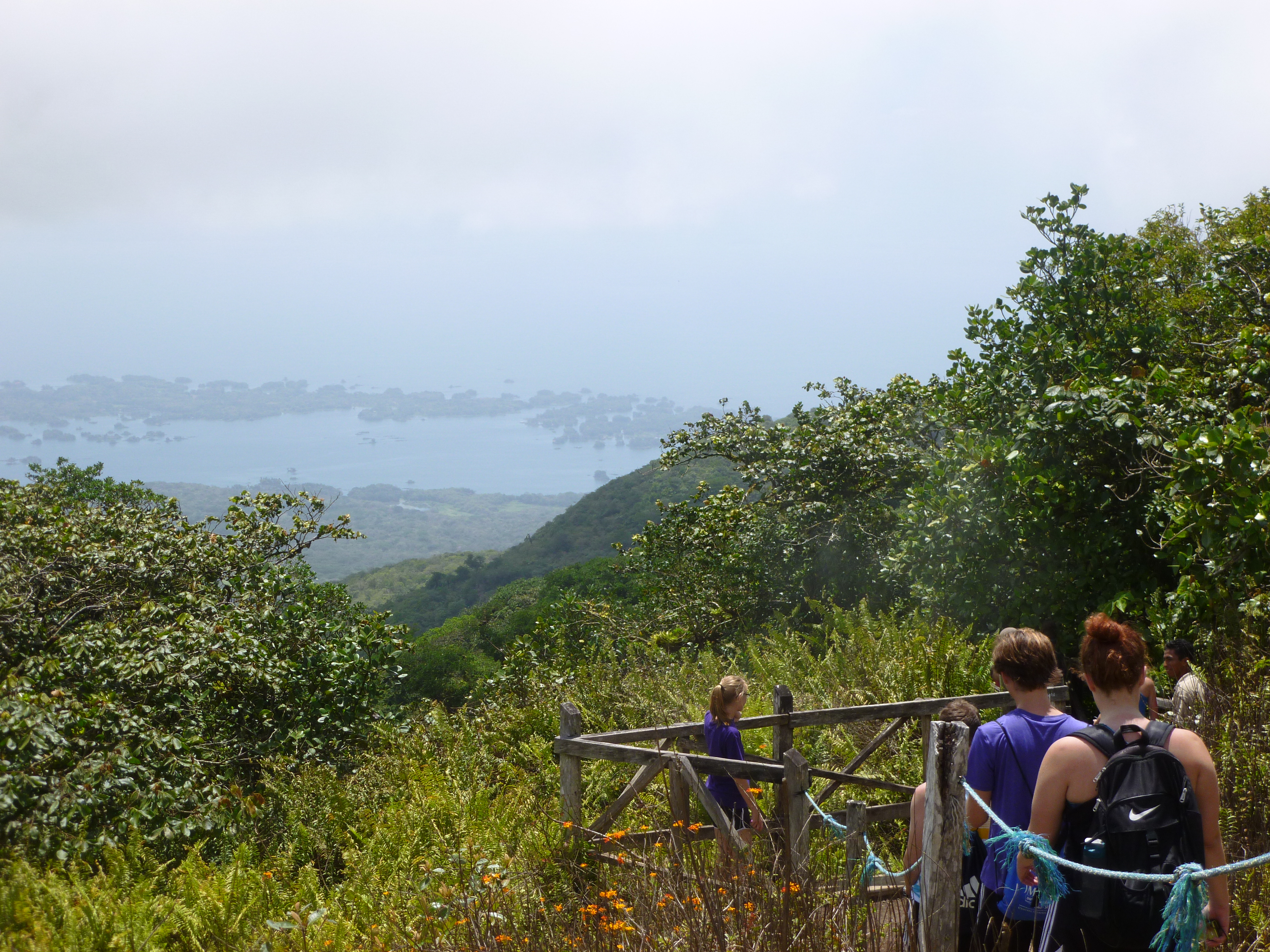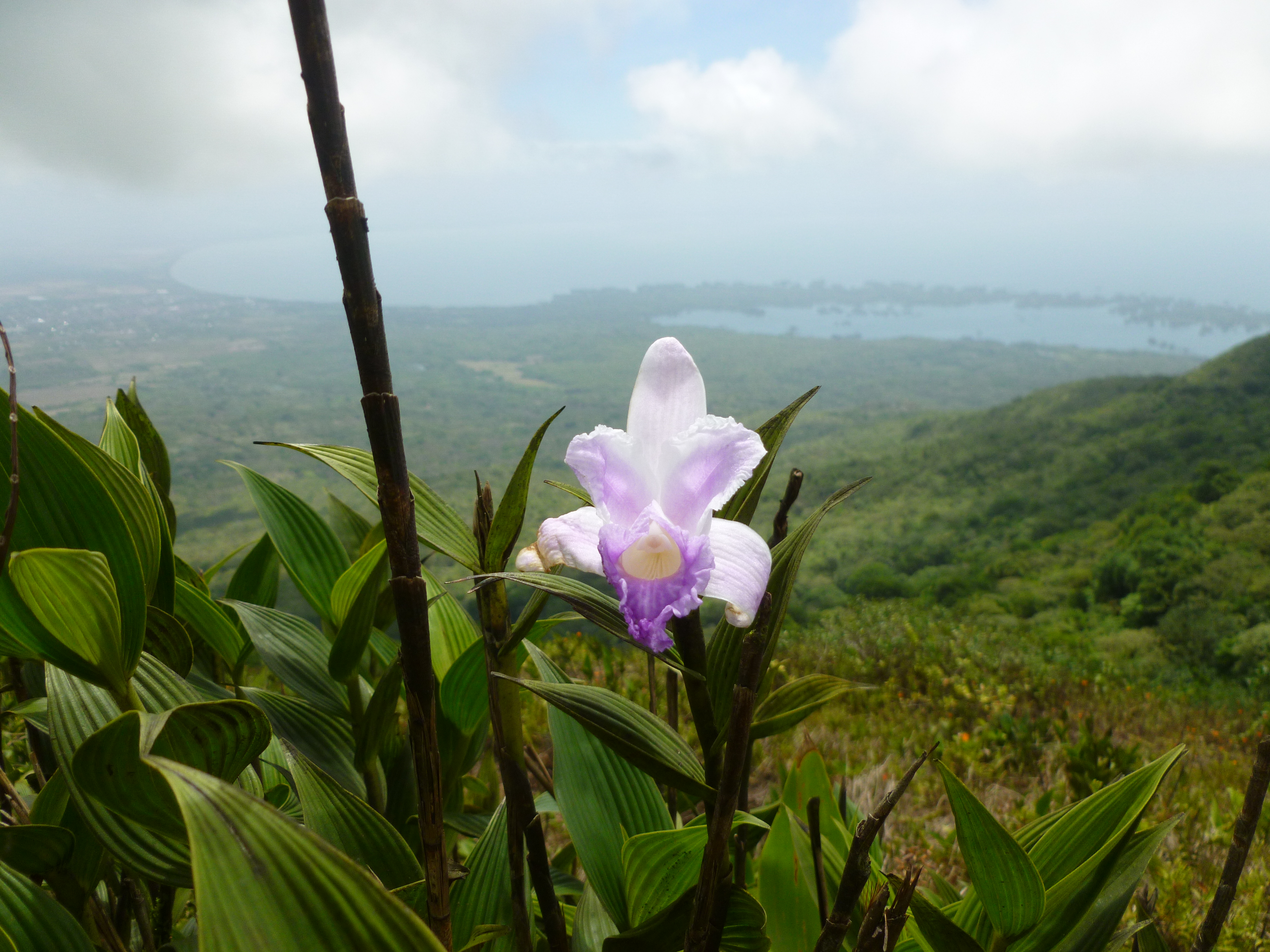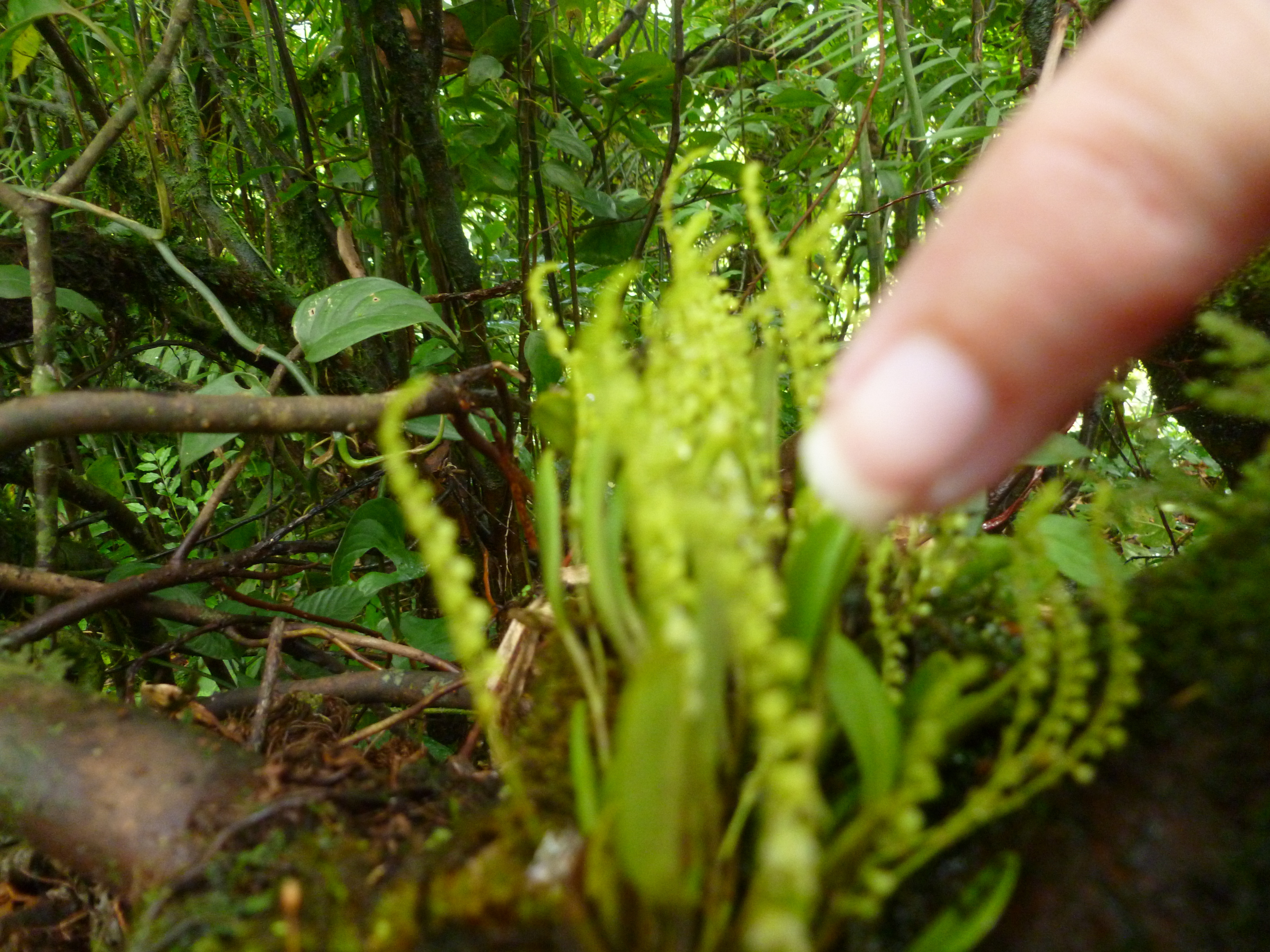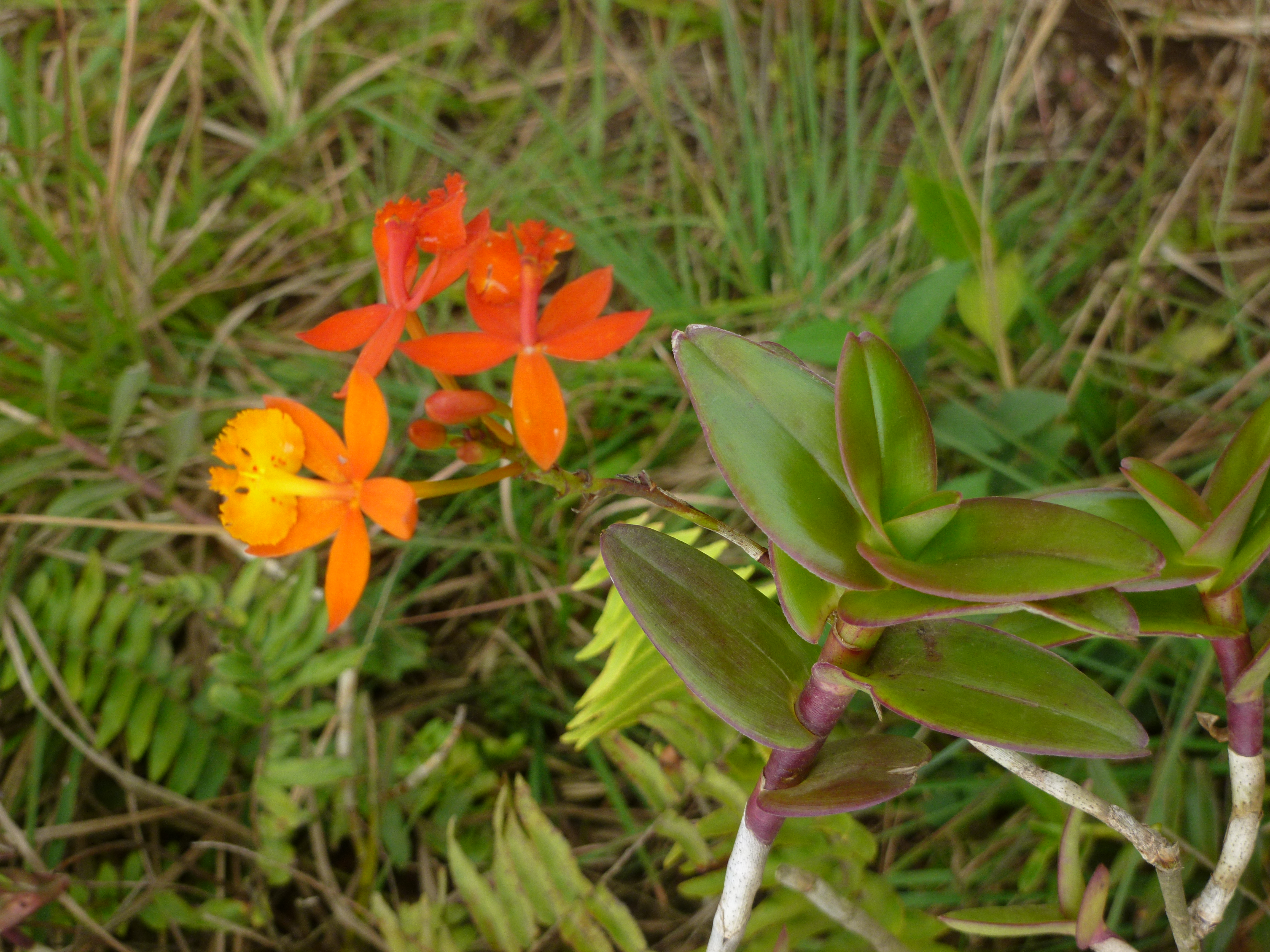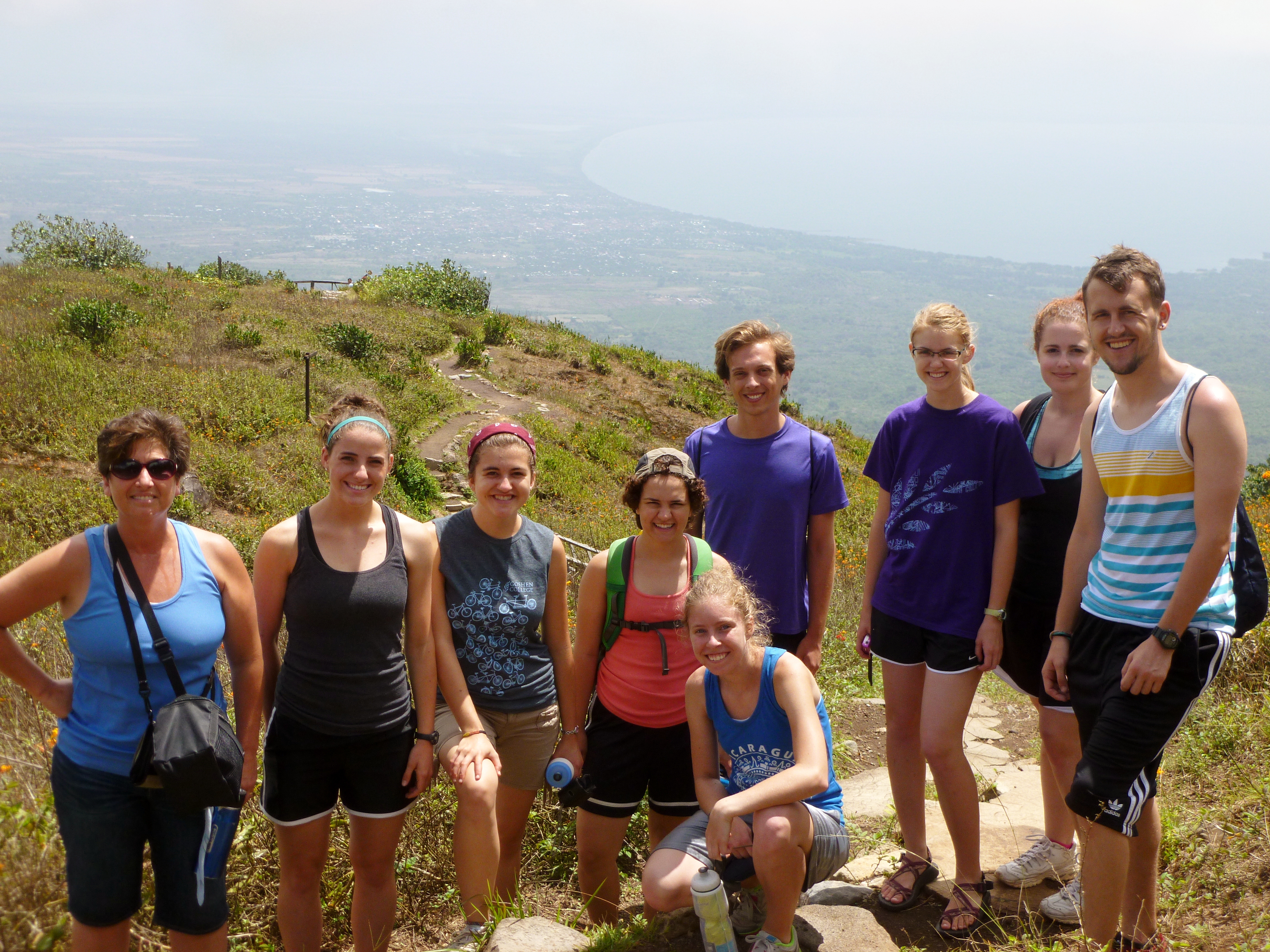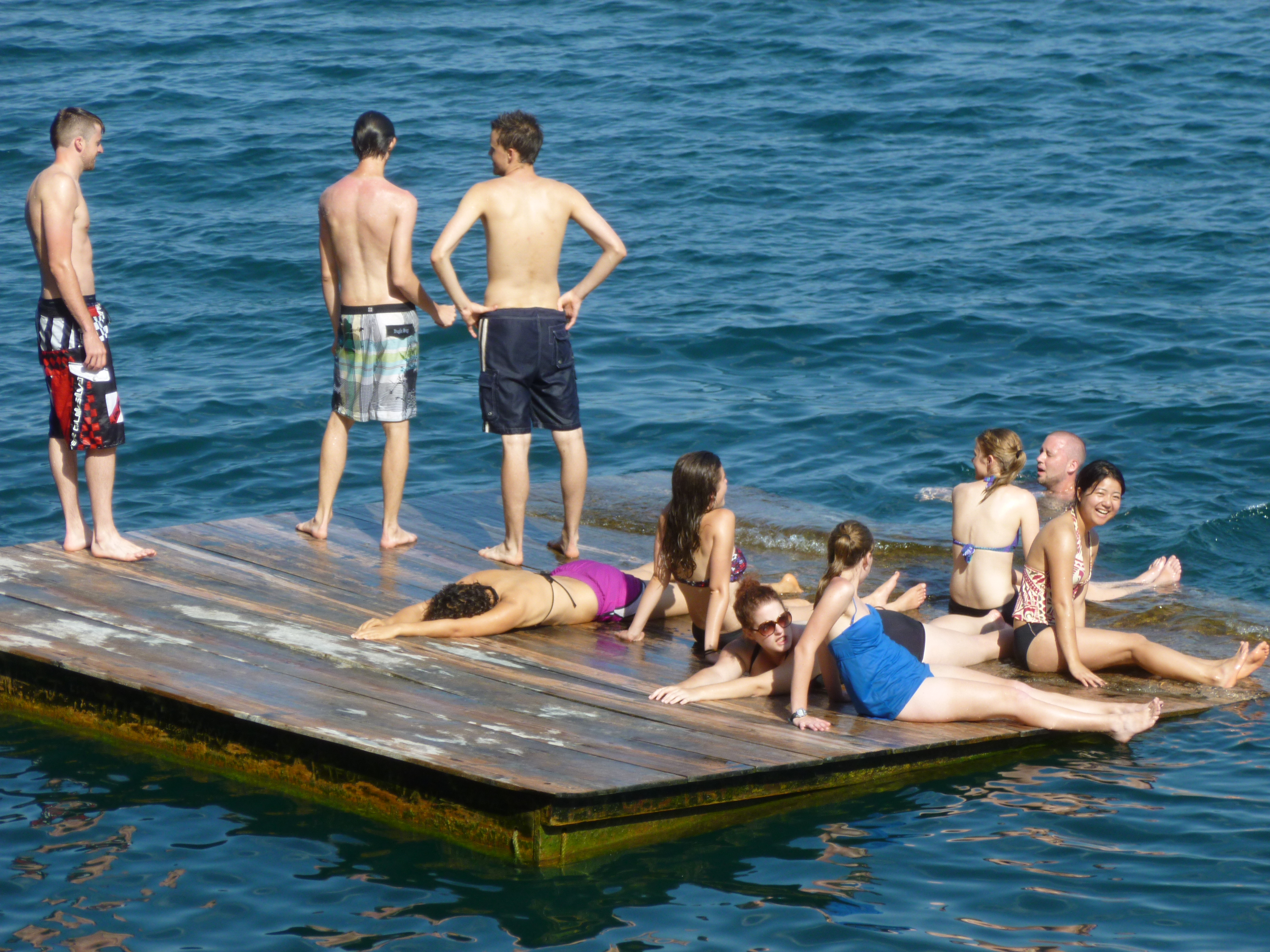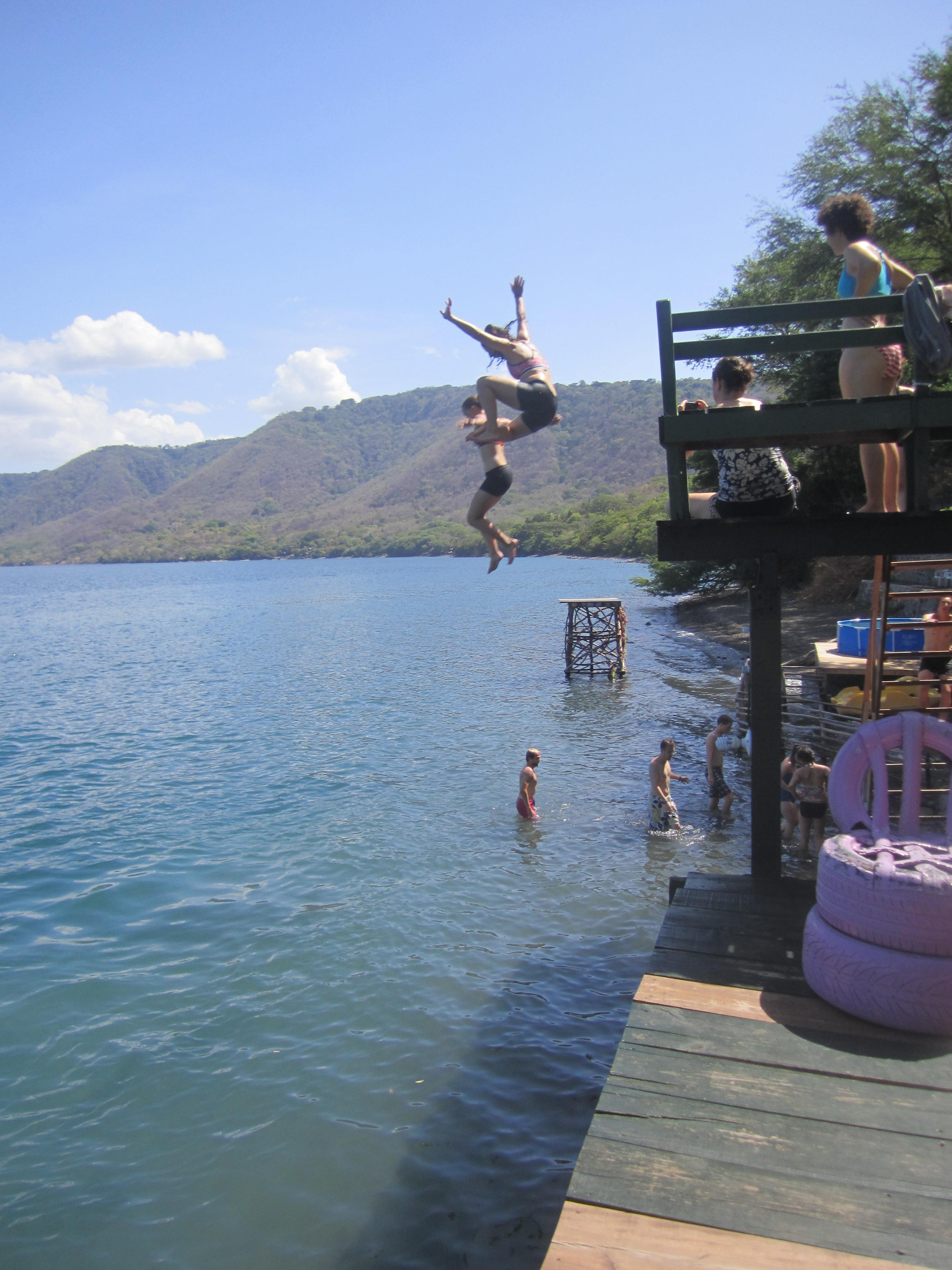Experiential Learning, Part 1: Maquila, Mombacho, and Laguna de Apoyo
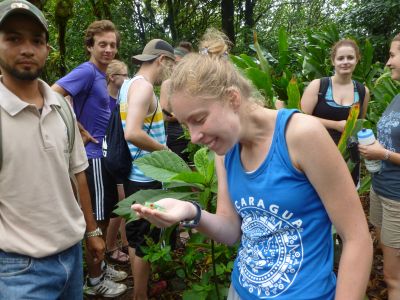
While a good portion of the students’ time in Carazo is spent in Spanish class or charlas (lectures), our field trips give them the opportunity to experience first-hand some of the things they are learning and hearing about in the classroom. The past week offered several such experiential learning trips, starting with a visit to Gildan, a maquila (textile factory) located in neighboring city San Marcos. Gildan specializes in t-shirts, some of which can be found with the Goshen College logo on them in fact.
In contrast to the maquila we visited in Managua several weeks ago, Gildan is a large Canadian-owned company that has plants in several different countries and sells t-shirts to many North American and European companies. What sets Gildan apart from other local maquilas, however, is their care for their employees and dedication to the community in which they are located. Gildan has committed to improving the education, social circumstances, and health of their employees and the community of San Marcos through a variety of programs. These initiatives include free annual health screenings, monetary and in-kind contributions toward building and equipping local schools, an in-house clinic staffed by a doctor and nurse, participation in Earth Day efforts, and using environmental-friendly chemicals in their products.
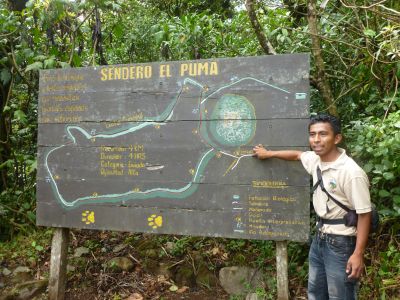
Another trip during the week was to Mombacho, a dormant volcano just 10 km outside of Granada. The Mombacho Volcán Nature Reserve is located in what is known as a cloud forest because of its high humidity resulting from a persistent low-level cloud cover. After a rather steep truck ride up to the nature center, experienced guides took the students on three different hikes up and around the volcano. Along with the more than 700 different plant species, Mombacho offers spectacular views of Lake Nicaragua, Granada, Catarina, and other communities nestled below it. The forest also hosts many varieties of orchids, including the smallest in the world and the second largest in the world.
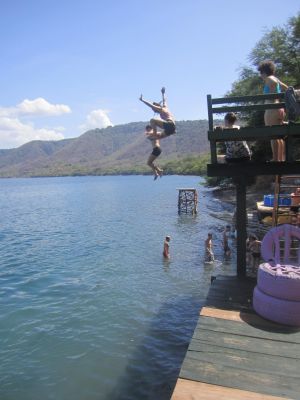
Later that day the group traveled to Laguna de Apoyo, a crater lake formed nearly 23,000 years ago after a volcanic eruption. Laguna de Apoyo is the cleanest freshwater body in Nicaragua and the second-deepest lake in Central America. It hosts a large variety of flora and fauna, including some species of fish found exclusively here. Last week Ben and Thomas gave the group a 20-minute briefing on the environmental features and challenges facing Laguna de Apoyo, and the students were eager to see it up close.
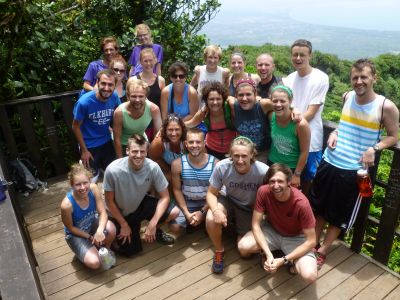
We experienced the Laguna for several hours from the vantage point of Posada Ecologica Abuela’s, a local hostel that serves fantastic fish and boasts a floating dock plus a 15-foot high platform for jumping into the lake. Being creative Goshen students, of course, members of the group came up with several special feats, such as catching and throwing a Frisbee while airborne (the catcher and thrower as well as the Frisbee) and playing “human bowling” off the slippery edge of the floating dock. It was a great way to cool off, rest our tired muscles from the morning’s hikes, enjoy each others’ company, and appreciate the natural world around us.
Stay tuned for the next installment of “Experiential Learning”…
Lisa & Jen
